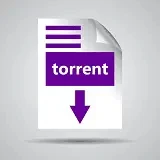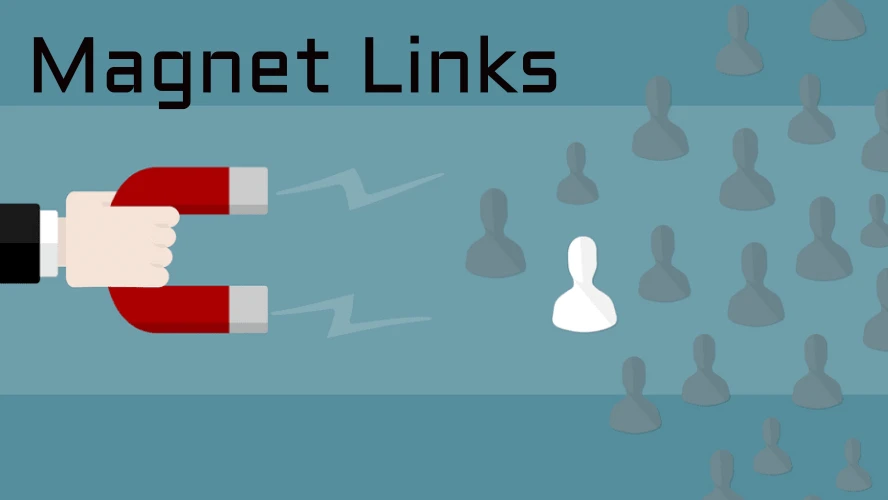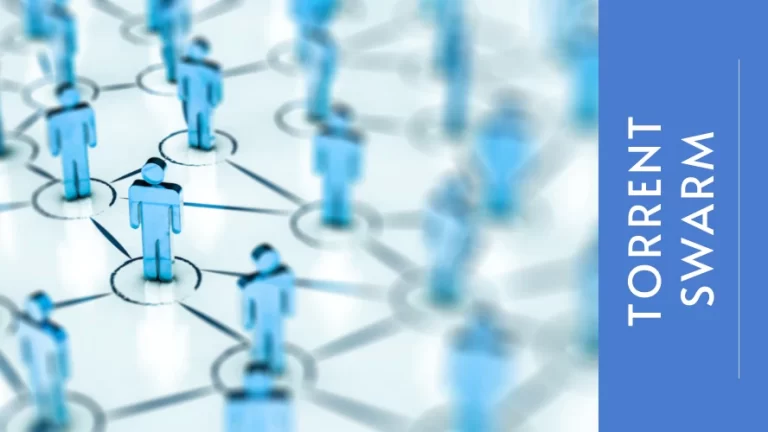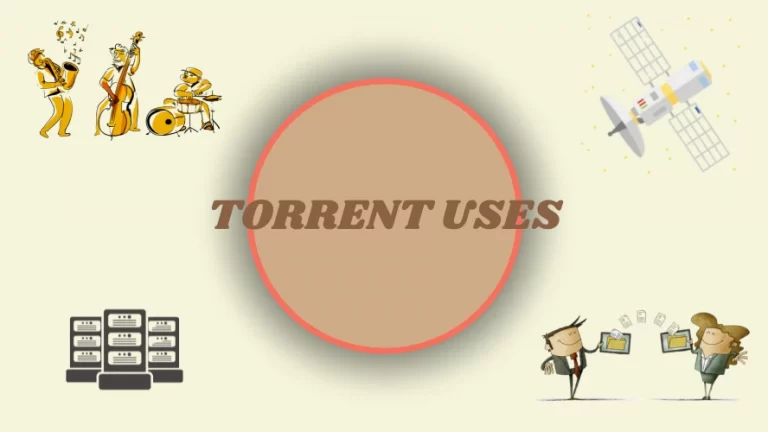In the constantly changing world of file-sharing, a new player is shaking up the old-school torrent scene: say hello to the magnet link.
If you’re a user of torrenting sites, you’ve probably noticed a tiny magnet symbol next to your chosen download file. That’s a magnet link, an innovative tool fast becoming the go-to method for torrenting.
Magnet links represent a shift in our approach to file-sharing. They deliver such efficiency that may make conventional torrenting methods obsolete.
Let’s find out what these magnet links are all about, how they work, and why they might be the next big thing in the torrenting scene.
What is a Magnet Link?
A magnet link, also known as a Magnet URI (Uniform Resource Identifier), is a type of hyperlink that provides direct access to a torrent file. Instead of pointing to a physical location, it contains a hash code. This is a unique identifier for a data set; in this case, it’s your desired torrent file.
For a clearer understanding, imagine this scenario: entering a URL in your web browser means sending a request to a remote server, soliciting the retrieval of a particular webpage denoted by that URL.
Similarly, activating a magnet link equips your torrent application with a hash code, prompting it to locate peers distributing that specific file.
The role of distributed hash tables (DHT)
The Distributed Hash Table (DHT) system is essential in this process. It helps your torrent client locate the IP addresses of peers sharing the file you want to download, making the whole process seamless.
Understanding trackerless torrenting
It’s worth noting that the term “trackerless torrenting” is sometimes used interchangeably with magnet links. However, the former is a broader term that covers a range of technologies that support P2P file sharing without using a central tracker. Magnet links are one of the tools that make trackerless torrenting possible.
The Rise of Magnet Links in the Torrenting Ecosystem
Magnet links have significantly changed the torrenting scene over the last ten years, replacing regular torrents. This shift goes beyond a passing trend among torrent users. It’s an answer to the growing demand for a more streamlined downloading process.
Moreover, this innovative approach offers a clever way to sidestep the legal issues often associated with file-sharing.
Streamlining and efficiency with magnet links
Magnet links revolutionize how we download content, eliminating the need for a separate torrent file. Traditionally, this file acted as a stepping stone, guiding you toward the desired content. With this new approach, a simple click is all it takes to start the download in your BitTorrent client.
Distributed Hash Table (DHT) technology makes this process possible. It empowers magnet links to locate other peers without requiring an intermediary.
Legal implications of using magnet links
From a legal standpoint, magnet links provide an extra layer of protection. While standard torrents can be directly linked to copyrighted content, magnet links only contain a unique hash code. This makes it more challenging for legal entities to trace the source, thus providing a degree of obscurity.
Major torrent sites transition to magnet links
Leading torrenting platforms like The Pirate Bay are gradually adopting magnet links. Some already offer them as the primary option for content downloads.


This trend demonstrates the shift in the torrenting world and signals the likely future dominance of magnet links. As we’ll explore more deeply later, there are various reasons why these sites are making the switch.
How do Magnet Links Work?
As we’ve previously discussed, this system consists of a compact piece of code that triggers the download of your chosen content. To understand this better, let’s break down a generic magnet link:
magnet:?xt=urn:btih:1234567890abcdefg&dn=Example
The link begins with “magnet:?”, a prefix that signals your torrent client to interpret the following as a magnet link.
Understanding the parameters
Each magnet link contains a set of parameters guiding the download process. The parameters are presented as pairs, separated by equal signs. If multiple parameters are included, they’re separated by an “&” symbol.
The most crucial parameter is “xt“, short for “exact topic“. In our example, “xt=urn:btih:1234567890abcdefg” represents the “xt” parameter. It’s a unique identifier that allows the torrent client to locate the specific file for download.
The “dn=Example” is an optional parameter that provides a suggested name for the downloaded file.
The magic behind the scenes
After clicking on a magnet link, your torrent client:
- Reads the parameters
- Locates the peers who have the file (with the help of Distributed Hash Table technology)
- Begins the download
This sequence unfolds without a centralized tracker or separate torrent file. As a result, the process becomes efficient and straightforward.
How to Use a Magnet Link?
Using a magnet link might not be instantly obvious, especially if you’re new to the torrenting scene. But hang in there; it’s actually quite simple, and the steps are uniform across various web browsers.
1. Locating the magnet link
To start, visit a torrent site that offers magnet links as a download option. You’ll typically find a magnet icon next to the files available for download.
2. Initiating the download
Click on the magnet icon. Your browser will automatically open your default torrent client and start downloading. If you don’t have a default torrent client, your browser will prompt you to choose one.
Magnet Links vs. Traditional Torrents
Magnet links have greatly impacted torrenting. To appreciate their advantages, it helps to compare them to traditional torrenting methods.
The classic torrenting process

With standard torrents, the first step involves grabbing a tiny torrent file. This little file is packed with metadata about the file you want to download. Within this metadata, you’ll find the content’s name and a URL pointing to a BitTorrent tracker, which is essential for connecting with peers. It also contains hash codes that your torrent client uses to verify downloaded pieces and locate others sharing the same content.
Magnet links simplify the process
Magnet links streamline this process considerably. When you click on one, it triggers your torrent client to start downloading the content. However, there is no need to download a separate torrent file. The magnet link contains the necessary hash code, bypassing the need for a tracker or additional metadata.
This direct approach eliminates several steps in the torrenting process. It makes magnet links faster, more efficient, and less reliant on centralized trackers. These advantages are leading to a significant shift in the torrenting landscape.
Why are Torrent Sites Embracing Magnet Links?
As I mentioned, the transition from traditional torrent files to magnet links is quite visible. This shift has several benefits for both users and torrent sites.
To reduce legal risks
Magnet links offer a strategic edge in the fight against copyright violations. They stand out from classic torrent files because they are not directly connected to copyrighted content. They contain only the hash code we discussed before. This obfuscation makes it harder for legal entities to associate torrent sites with direct copyright infringement.
To streamline website operations
From a practical standpoint, magnet links are a more efficient option for torrent sites. Traditional torrent files require kilobytes of data and must be hosted directly on the site. This can lead to significant resource demands, especially for larger websites with extensive content libraries.
On the other hand, magnet links consist only of the unique identification number for the desired torrent. That means they are much smaller and easier to manage. The result is a significant reduction of the operational strain on torrent websites.
Online Safety and Privacy Concerns
While magnet links enhance privacy by eliminating the need for a torrent tracker, users should not let their guard down. There are still potential risks regarding online safety and privacy.
Remaining vulnerabilities with magnet links
Torrenting with magnet links may be safer, but it’s imperative to remember a few things. In the first place, you are still downloading content through a BitTorrent client. Most importantly, all this happens through your regular Internet connection.
Your Internet Service Provider can monitor this activity. Besides your ISP, several entities can keep track of your torrent downloads.
Safeguarding your online activity
To play it safe, consider getting a Virtual Private Network (VPN) that allows BitTorrent traffic. A VPN is like a stealth mode for your online moves, wrapping your activity in a layer of encryption. It makes it very difficult for ISPs or any nosy individuals to keep tabs on what you’re up to. It works by funneling your connection through a server parked elsewhere, effectively masking your true IP address.
The best VPNs for magnet links
VPNs suitable for magnet links offer robust security, privacy features, and excellent download speeds. But above all, many of them support BitTorrent traffic. Here are some VPN providers with a proven track record of compatibility with magnet links.
Are Magnet Links Set to Dominate the Future of Torrenting?
Magnet links are becoming the go-to choice over traditional torrenting methods, thanks to their benefits like decentralization and better efficiency. More and more people are embracing this approach, making it the go-to method for downloading content through BitTorrent. This shift will likely push old-school trackers to the background, turning them into nostalgic remnants of the past.
However, don’t expect traditional torrenting to vanish immediately. Even today, prominent services like uTorrent and Deluge utilize trackers to expedite the process of peer discovery.
Currently, the most popular torrent sites offer both methods of downloading files. The evolution of torrenting is ongoing, and only time will reveal the preferences of the next generation of file-sharers. For now, magnet links seem to be leading the race.



